Practical Mathematics
Authors: Louis & McKay
Publisher: Isaac Pitman
Edition: 1957
Binding: Hardcover
Pages: 534
Size: 5 inch x 8 inch
Practical Mathematics by Louis & McKay, first published in 1957 by the renowned educational press Isaac Pitman, stands as a substantial and reliable volume in the realm of technical and vocational mathematics. This 534-page hardcover edition offers a thorough, application-oriented exploration of mathematical principles, tailored to the practical demands of learners and professionals in the mid-20th century and still relevant in today’s foundational education.
This book is structured as both a reference manual and a progressive learning guide, designed especially for students of engineering, apprentices in trades, polytechnic learners, and autodidacts. It begins with the building blocks of arithmetic and advances toward more complex areas such as algebra, geometry, trigonometry, and mensuration, always tying each concept to real-world applications and workplace relevance.
One of the hallmarks of this work is its clarity of language and pedagogical efficiency. The authors present topics in a no-nonsense, straightforward manner, avoiding unnecessary jargon while maintaining rigorous accuracy. Each concept is reinforced through numerous worked examples, followed by sets of exercises that challenge the reader to apply what they’ve learned. The mathematical problems are drawn from practical scenarios—calculating measurements, estimating materials, solving engineering puzzles—which help readers to develop skills that are immediately transferable to professional contexts.
The text also covers units and conversions, graphical methods, and the use of basic mathematical instruments, making it ideal for use in technical classrooms and industrial training centers. Special attention is paid to the practical use of geometry and applied algebra in mechanical and civil engineering contexts, making this a textbook with cross-disciplinary appeal.
In its time, this book was widely adopted in technical schools, military training programs, and industrial institutes, and its legacy continues among collectors and educators interested in vintage educational tools. The sturdy hardcover binding and compact size (5 x 8 inches) make it suitable for heavy use and portability, ideal for workshop environments and field reference.
In today’s digital age, this book provides a refreshing look at how mathematical literacy was cultivated during a pivotal period of post-war industrial and technological expansion. For collectors of vintage textbooks, historians of science education, and anyone interested in the evolution of vocational learning, Practical Mathematics is both a functional guide and a historical artifact.
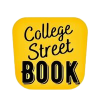
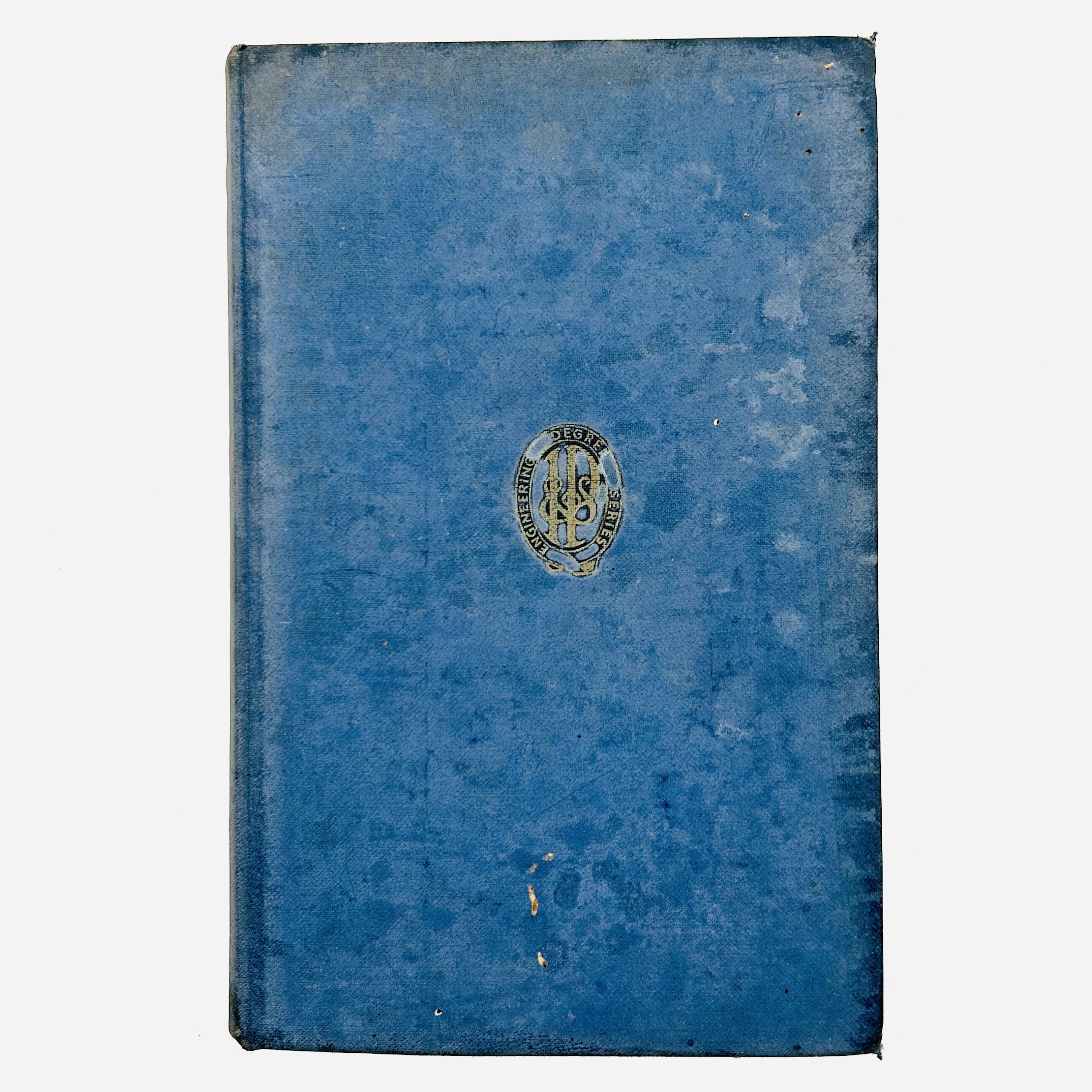
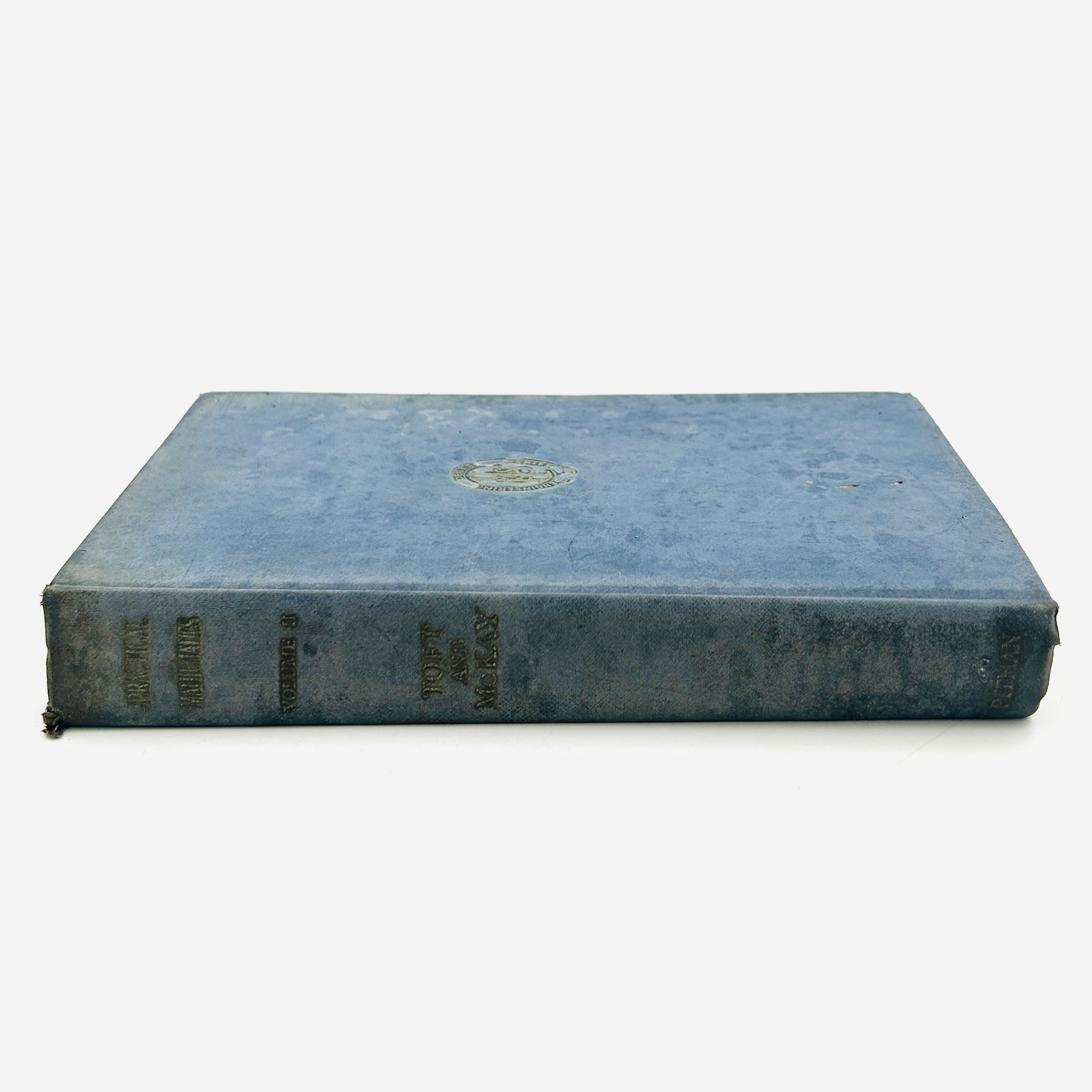
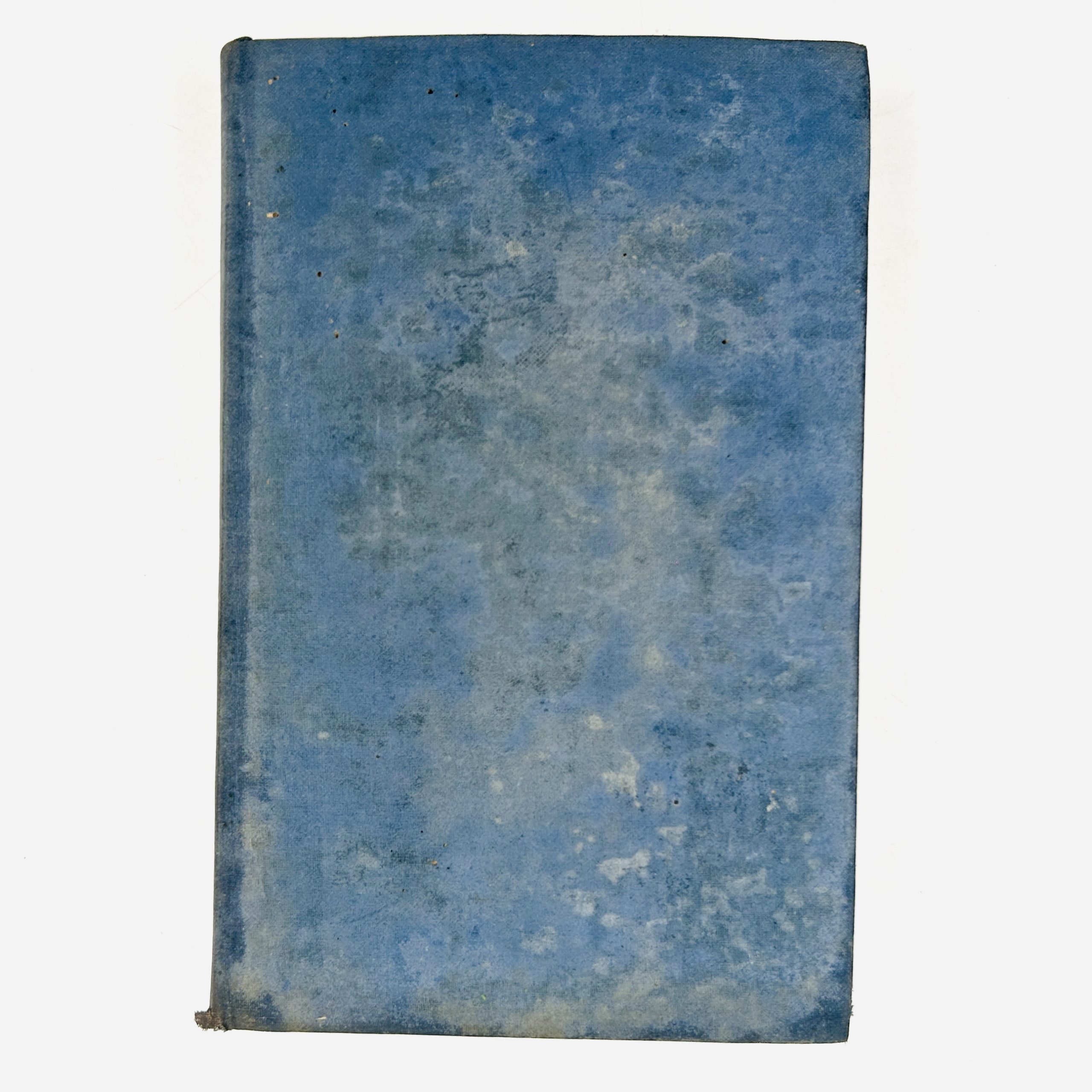
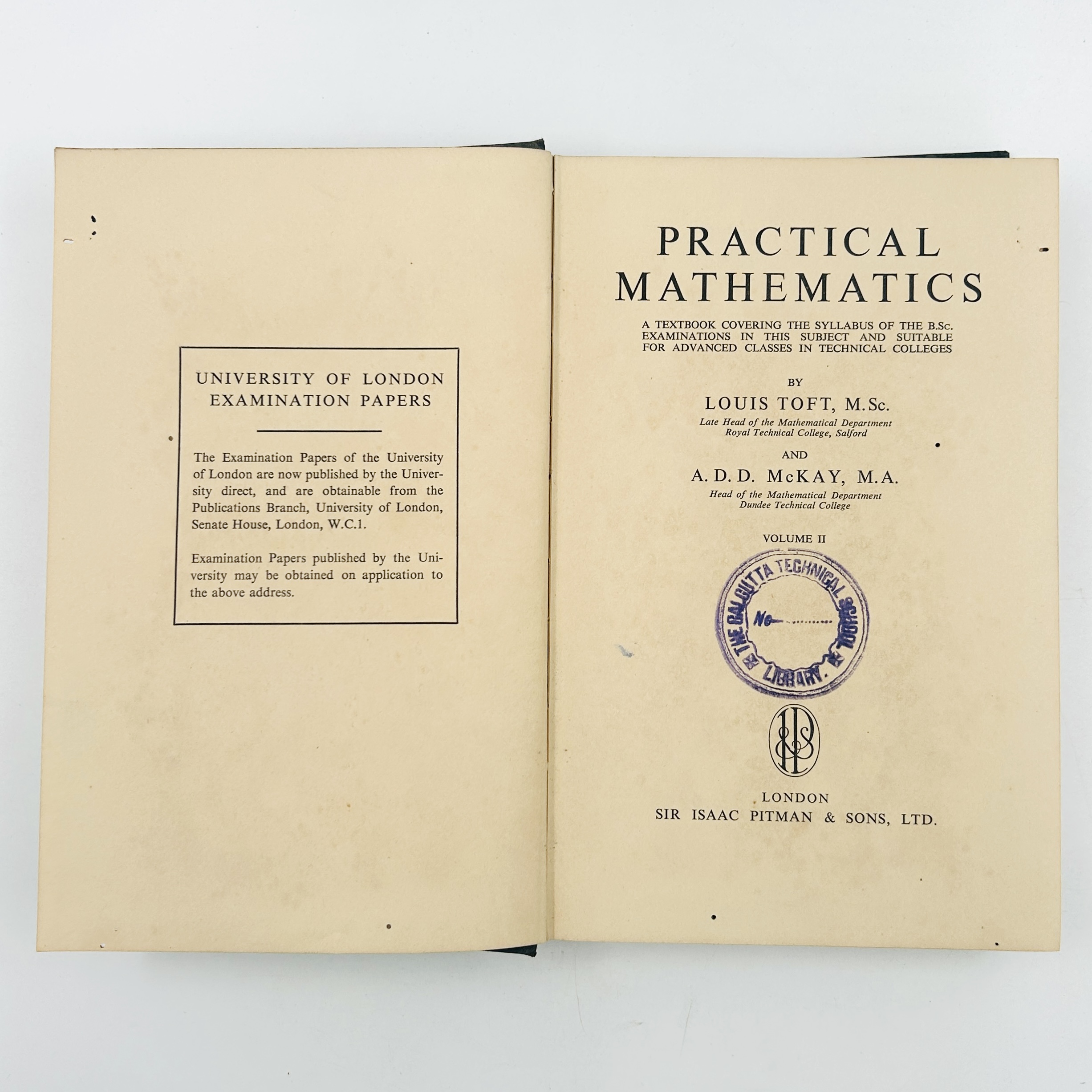
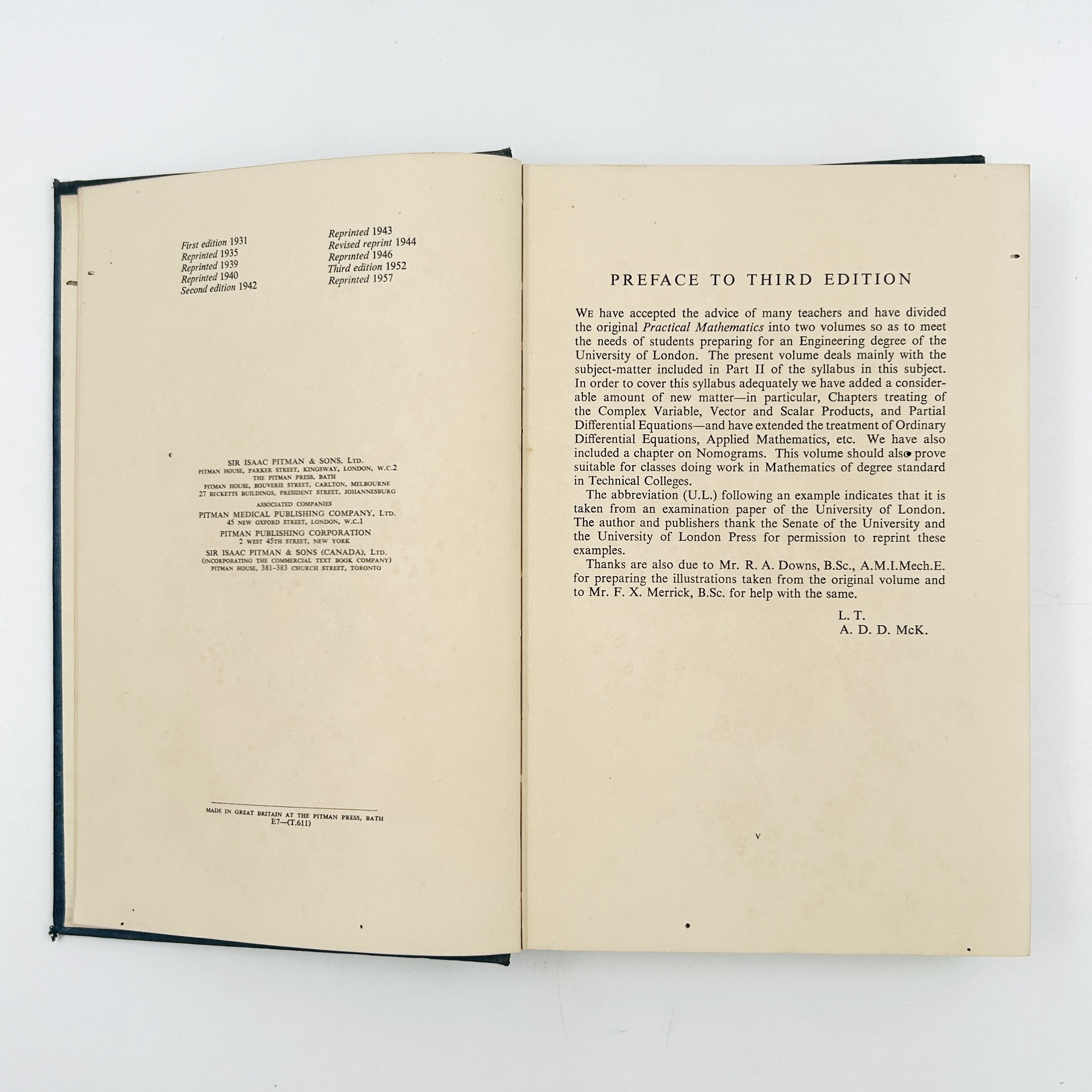

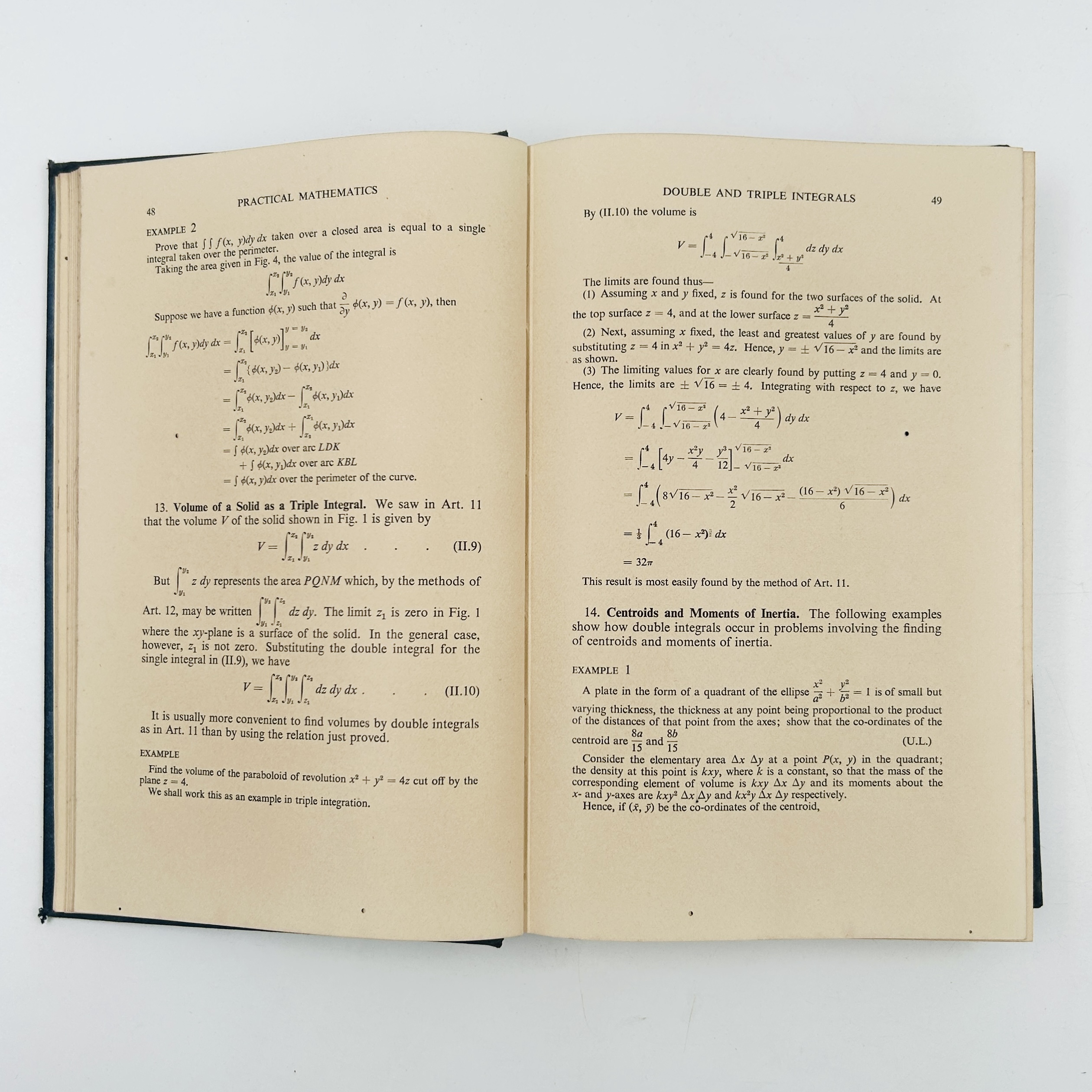
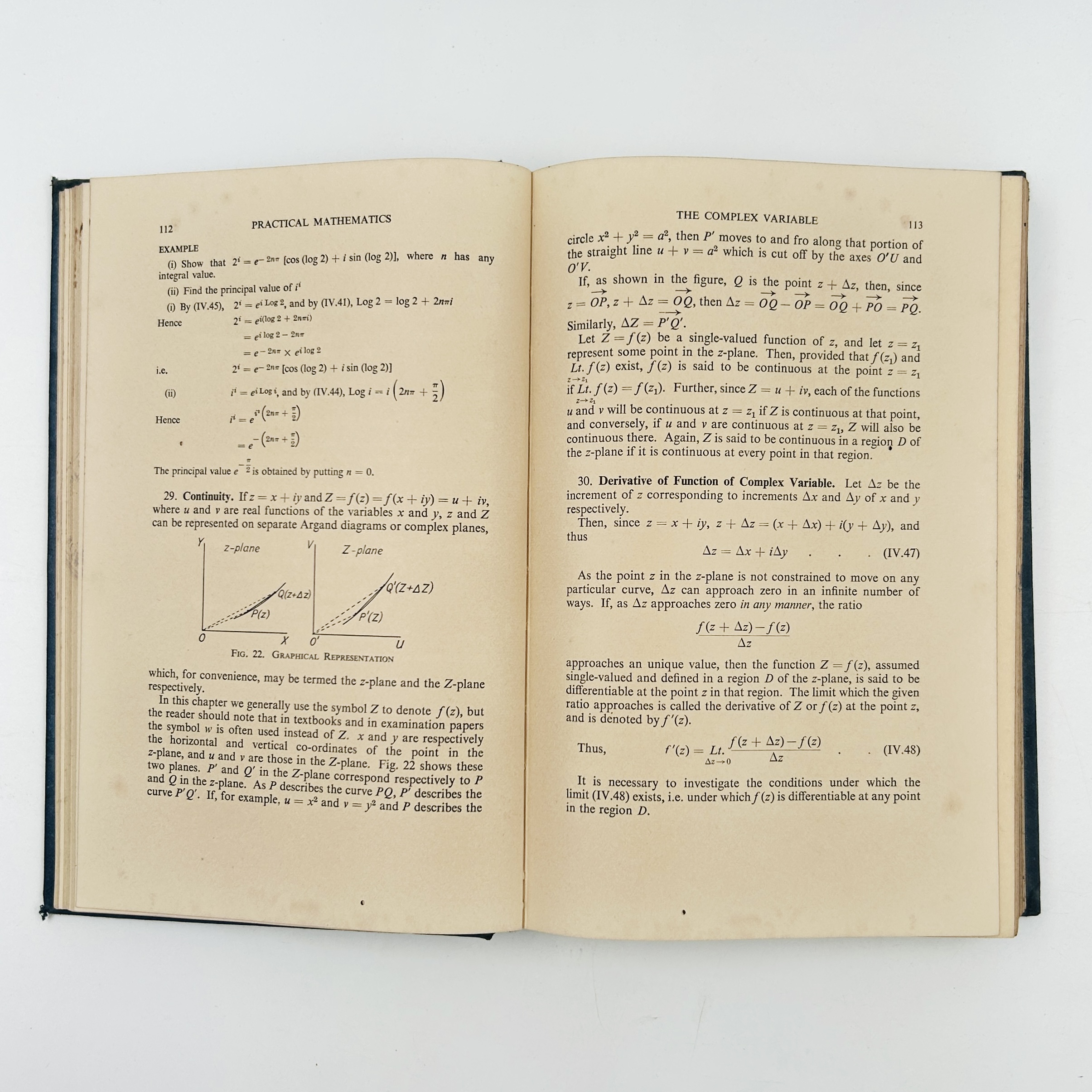
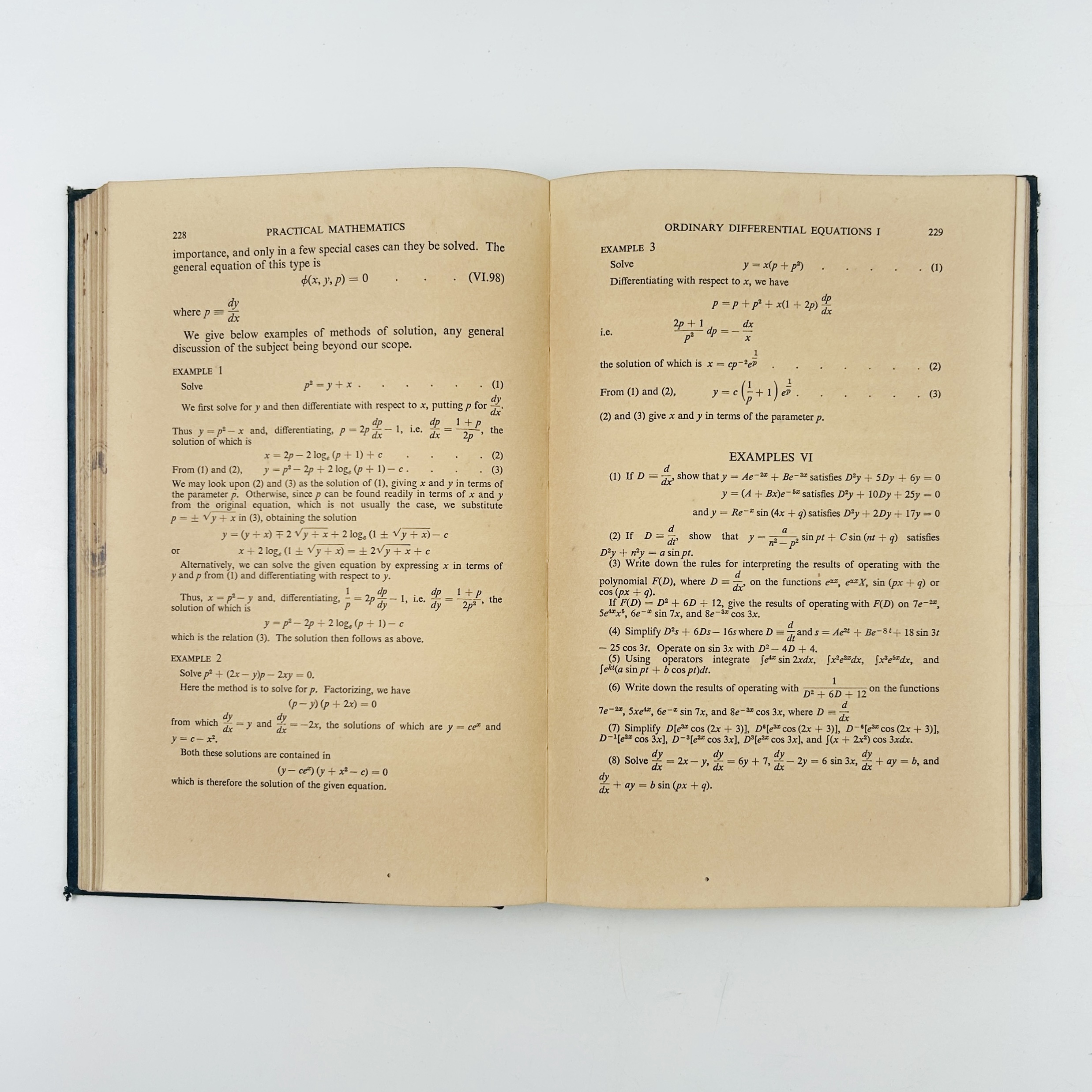


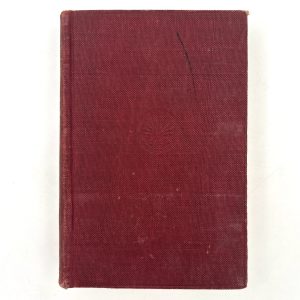
Reviews
There are no reviews yet.